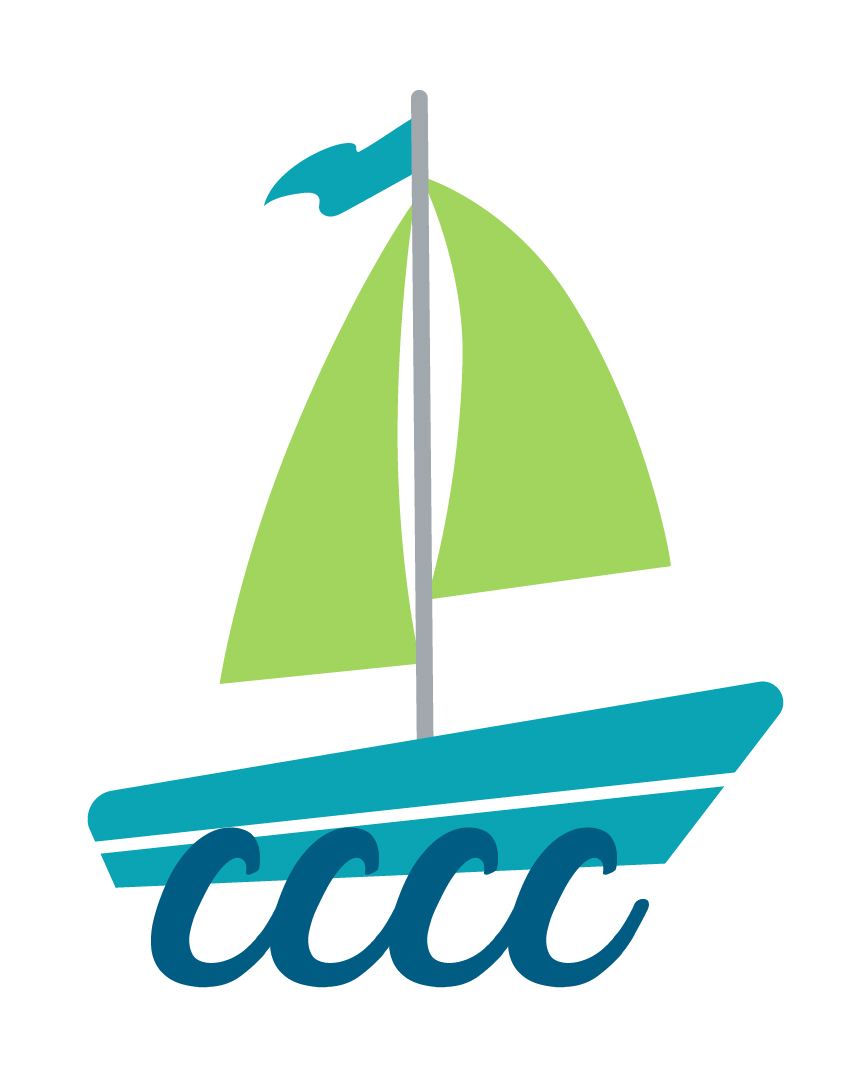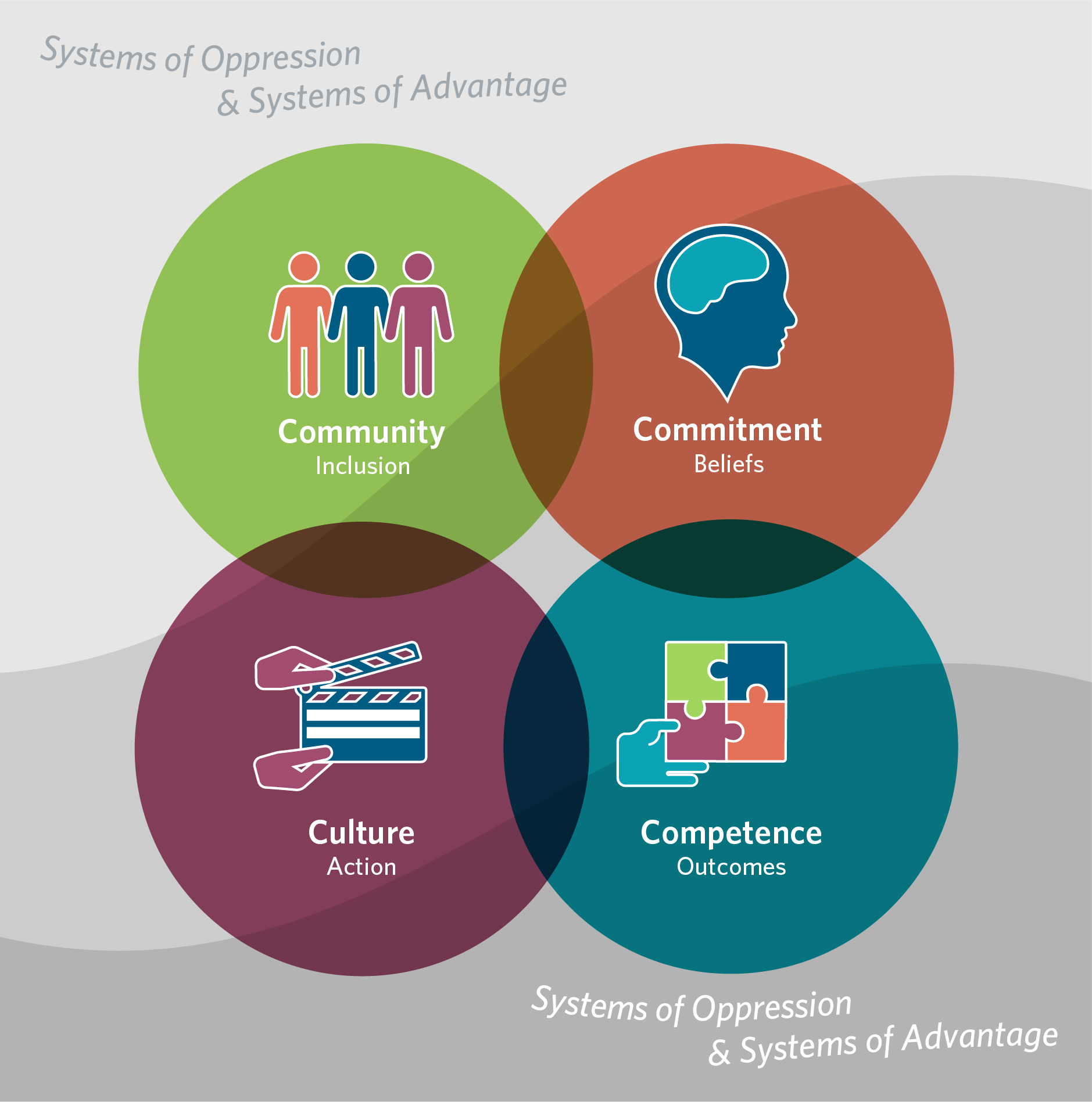The past few years have ushered in a new wave of organizational introspection related to antiracism, diversity, equity, and inclusion (ADEI). It’s long overdue, and I’m glad to see it, but the prospect of achieving real and meaningful change in outcomes from the many equity audits, trainings and DEI plans currently underway is by no means a safe bet.

Part of the problem is the vast sea of models and frameworks out there that are being used to tackle this important work. Most of them were designed with awareness and understanding in mind. And as necessary as consciousness is to improvement, it’s just the start of the change process.
Another complicating factor is that many DEI frameworks were designed for addressing individual bias, not organizational or systemic issues. Sure, there is some overlap, but organizations are not simply collections of individual people. They tend to perpetuate culture and practice even when most of the people inside them genuinely want change. So, if you don’t understand, plan for, and manage around the way organizations function, you might drown in frustration when you get to the implementation work.
There are some basic “must have” characteristics of any functioning framework, and several ADEI models do have those basics. A framework should make it easier for people to see their challenges. It should be adaptable to different organizational cultures and situations. It should align with the objective of improving equitable outcomes. And it should provide the structure for people to do their own thinking about ADEI issues.
But if a framework is going to be a functional tool for organizational change, it has to have more than the basics. In addition to helping the organization understand ADEI, it must help diagnose where the organization currently sits and assist in defining not only what “better” looks like, but how to get there and continue to improve as well.
Many frameworks provide descriptive stages on a continuum of possible resting spots, and having such a reference point is definitely useful. But while continuums are good for pinpointing your current position, very often the organization is left to its own devices to figure out how to navigate to the next level. And without precise guidance on what to do next, they often revert back to what they already know: more training, coaching, and professional development, usually aimed at individuals.
An effective ADEI change management framework focuses primarily on the organization. It analyzes systems, practices, and processes, not just people. When the planning begins, it is instrumental in identifying the high leverage priorities that will result in changed outcomes. And both the assessment and planning phases take organizational readiness into account. That cannot be an afterthought.
When we didn’t find the organizational change management focus prominently in the scores of models and frameworks we researched for our management consulting practice, we designed our own framework, called “The 4Cs.”
Our framework looks at four critical areas of organizational function which interact with each other to produce the outcomes the organization is achieving:

Community: How inclusive or exclusive is the organization’s defined community? How sharing are they of power within the organization?
Commitment: What does the organization stand for? What do they communicate internally and externally about their values and priorities?
Culture: What is the organization attempting to do to improve its own outcomes? What are they doing to ensure that their practices, programs and initiatives are supporting ADEI goals?
Competence: What is the organization actually achieving? How are they perceived and how do their stakeholders feel about them as an organization? Are they purposefully managing organizational performance to improve ADEI outcomes?
The background—metaphorically the “water” we swim in—is America’s society. An individual organization, represented by the four circles, does not exist independent of its society. It is part of an “ecosystem,” and it influences and is influenced by society’s systemic background and the other organizations (“organisms”) that also exist in that ecosystem. We have to be cognizant of “the outside world” because it impacts the actions of individual organizations. But from a change management perspective, we want you to pay primary attention to the outcomes that your organization can directly impact from within.
Our intention in designing the 4Cs framework, and in improving it in practice with our clients, is to provide actionable findings and recommendations that map directly to modifications of very specific practices. That doesn’t make the implementation work easy, but it does take some of the guesswork out of what to do after the assessment.

Leave a Reply
The comments are closed.